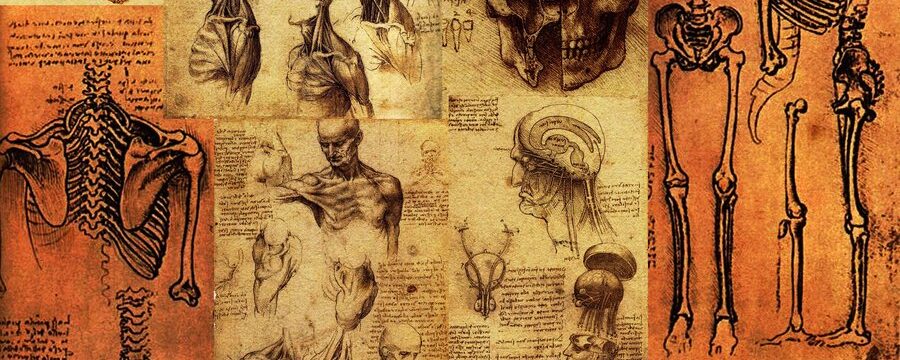Jane is a 49 y/o female c/o RUQ abdominal pain x 2 days.
History elements:
- Onset: 2 days ago after eating take-out from McDonald
- Location: Pain begins in the epigastric region and then localized to RUQ, radiating to the right shoulder
- Duration: 2 days
- Characteristic: Intermittent, sharp pain
- Aggravating factors: greasy food makes the pain worse
- Relieving factors: nothing makes the pain better
- Severity: 7/10 currently
- Progression of pain: pain has become more frequent and intense over the past 2 days.
- Patent tried Tylenol with minimal relief
- Reports nausea and 2 episodes of NBNB emesis. Last episode was this morning. Patient vomited up food 30 minutes after eating.
- Reports history of gall stone and states she has experienced similar symptoms before.
- No change in bowel habits
- No blood in stool or melena
- No recent weight loss
- No fever, chills, SOB, chest pain, weakness, cough, skin rash, joint pain
- Regular menstrual cycle, LMP was 2 weeks ago
- No past medical history
- No prior surgeries
- Not taking any medication
- NKDA
- Admits to alcohol use (1 glass of wine every day). Denies tobacco or illicit drug use
Physical Exam:
- Vital signs – BP 139/86, HR 90, RR 20, Temp 97.6 F, SpO2 99%, BMI 29.1
- General – AAO X3. Appears uncomfortable but not in acute distress. Appears her stated age, well-developed and well-groomed.
- Skin – Warm and dry, good turgor, no jaundice.
- Heart – RRR, no murmurs, gallop, or rubs.
- Lung – Clear to auscultation bilaterally, no wheezes/rhonchi/rales.
- Abdomen – Guarding and significant tenderness to RUQ upon palpation. Positive murphy’s sign. No rebound tenderness. Abdomen soft, bowel sound present in all 4 quadrants. No masses, lesions, or scars. No evidence of organomegaly. No CVA tenderness.
Differential Diagnosis:
- Acute cholecystitis: RUQ pain, positive Murphy’s sign
- Biliary colic: RUQ pain, nausea and vomiting, history of gall stones
- Pancreatitis: Epigastric pain moved to RUQ, nausea and vomiting. Given patient’s history, could be gallstone-induced pancreatitis
Tests
- CBC: WNL
- BMP: WNL
- LFT: mildly elevated direct bilirubin
- Lipase: WNL
- Urine pregnancy test: Negative
- RUQ Ultrasound: Gallbladder contains small calculi. Thickened gallbladder wall. Positive sonographic Murphy sign.

Diagnosis
Acute cholecystitis
Treatment
- Admits to surgery for laparoscopic cholecystectomy
- NPO
- IV fluid – normal saline
- IV analgesic – start with NSAIDS, switch to morphine if no significant improvement
- IV antiemetic – ondansetron 4mg IV
- IV antibiotic – Piperacillin/tazobactam 3.375 g q6h
Patient counseling
- Explain the diagnosis of acute cholecystitis and its treatment (laparoscopic cholecystectomy).
- Explain the next step of care, which is admission to surgery. Tell patent she needs to remain NPO.
- Explain the medications that will be given that this point, including IV fluids, analgesics, antiemetics, and antibiotics.
- Address any questions or concerns from the patient.


